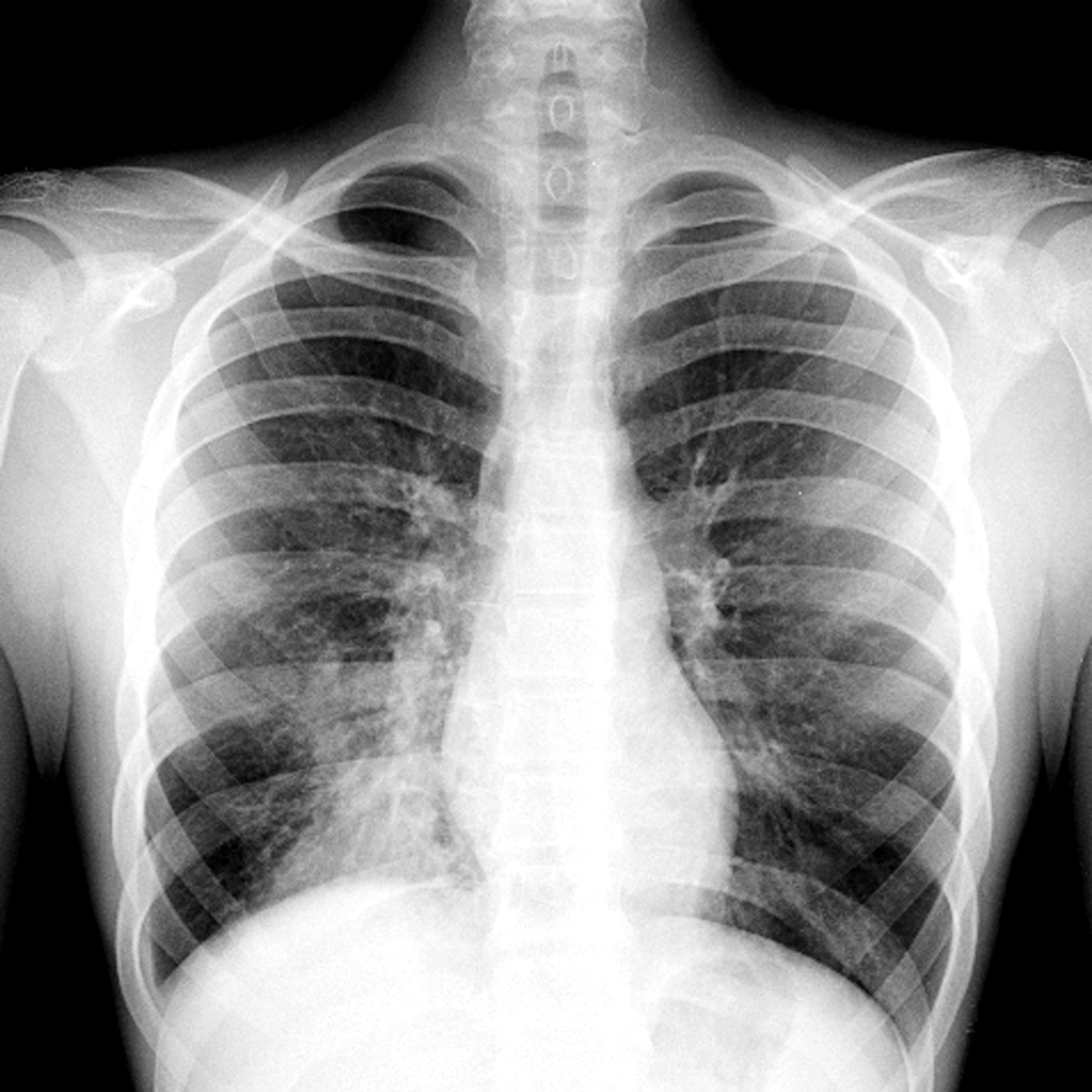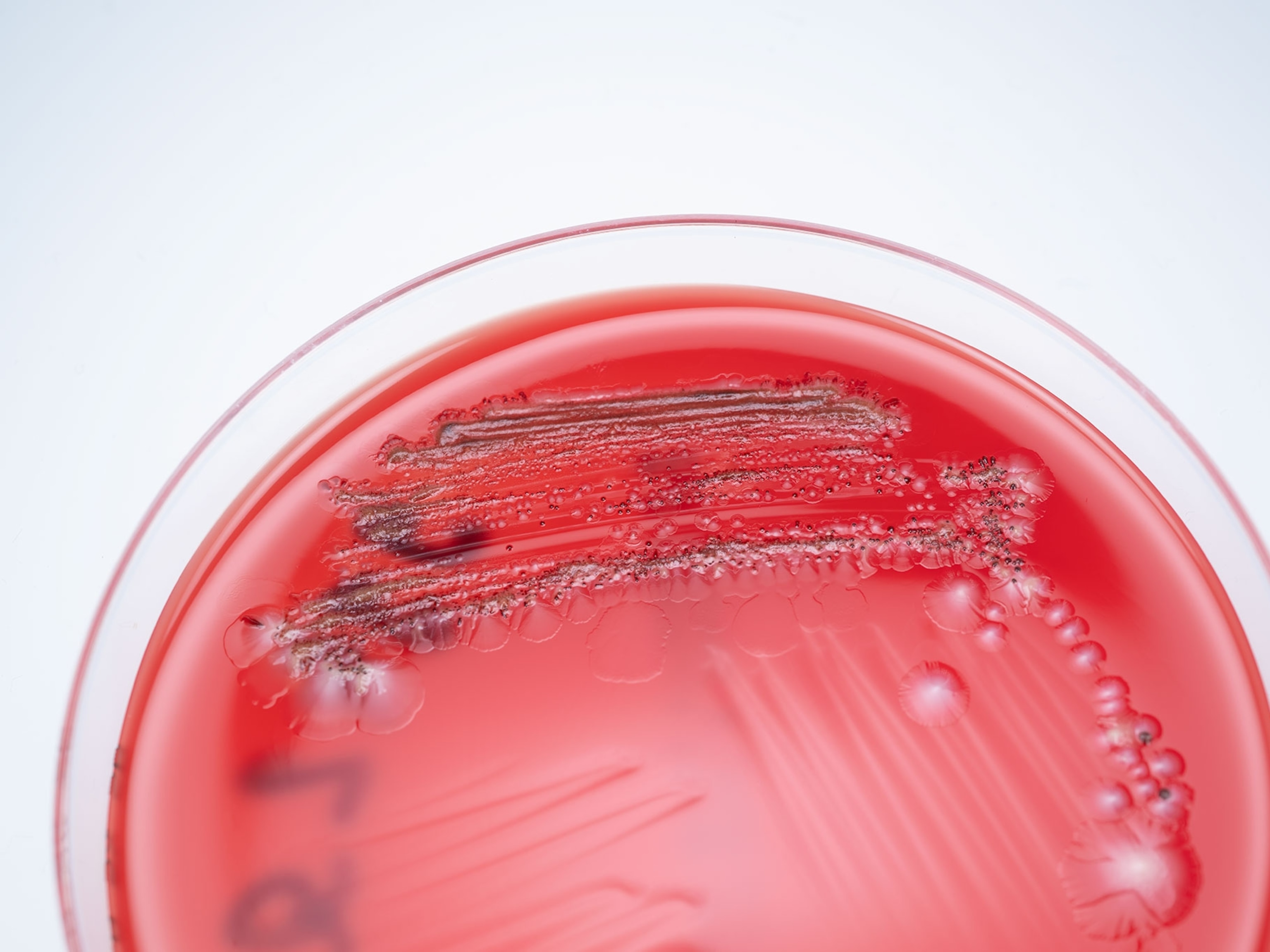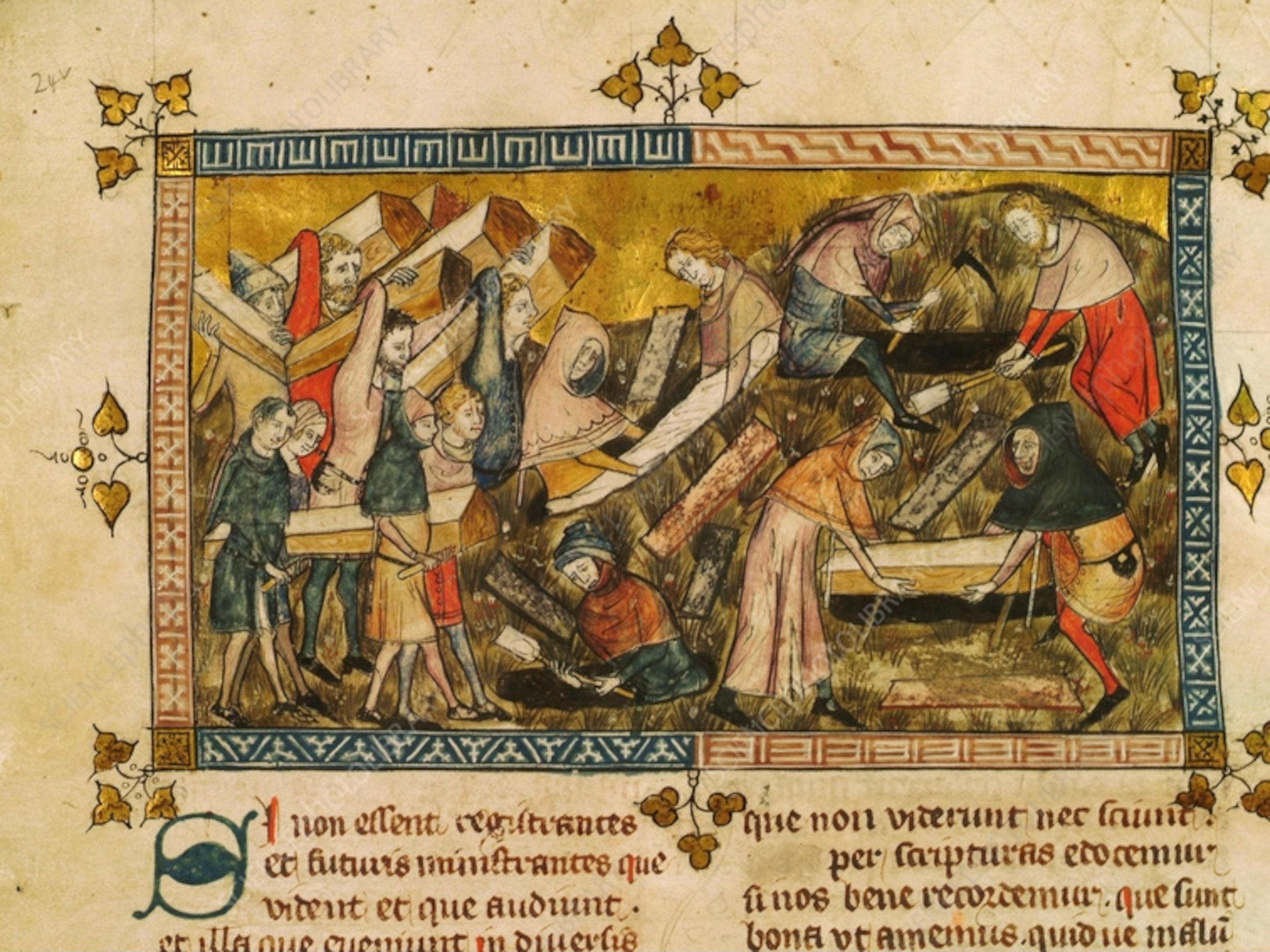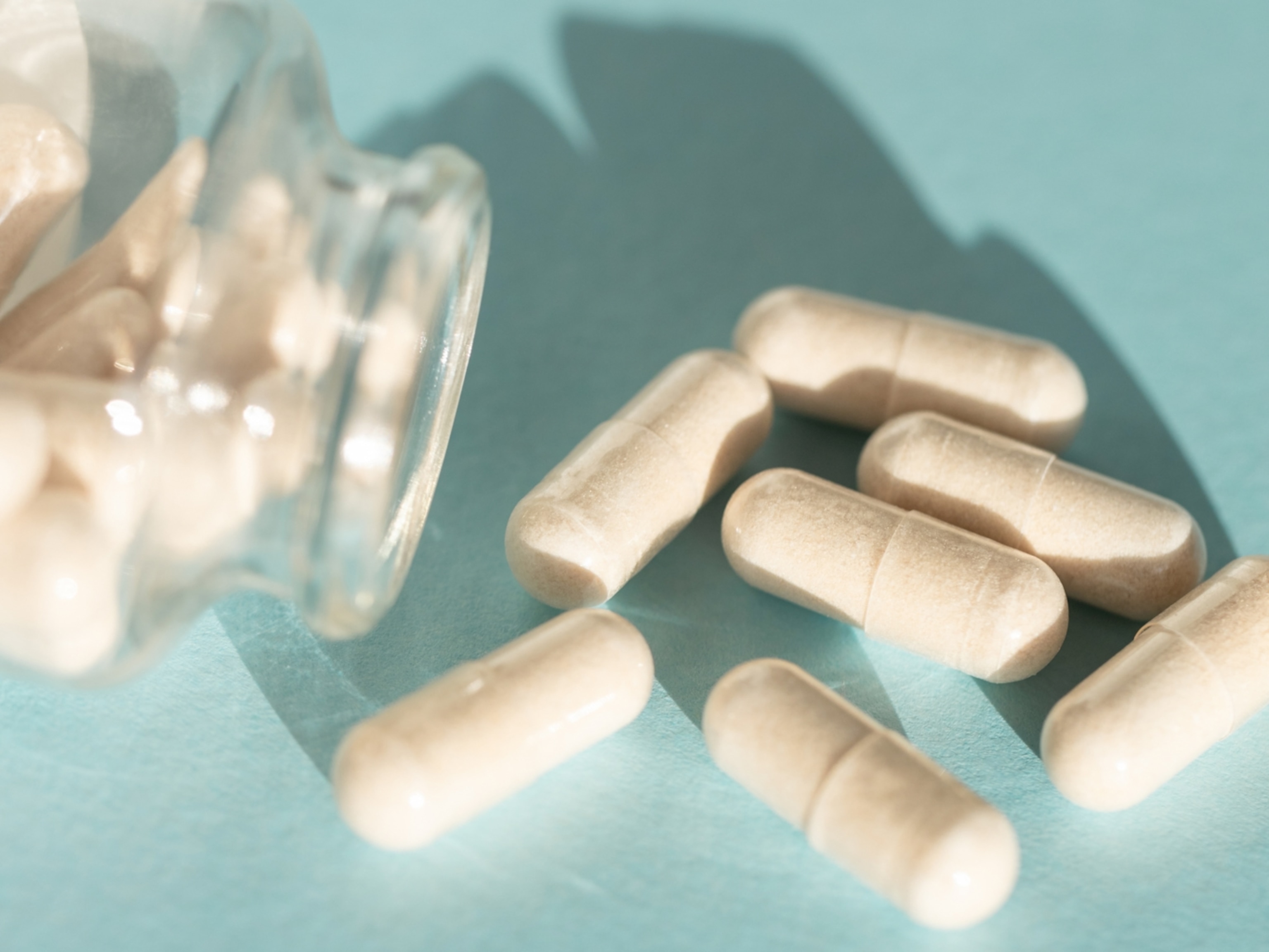
Key ingredient in coronavirus tests comes from Yellowstone’s lakes
A curious life-form that lives in the park’s thermal pools makes a protein that changed the course of biomedical history.
Microbiologist Thomas Brock was tramping through Yellowstone in the 1960s when he stumbled upon a species of bacteria that would transform medical science.
Brock was investigating the tiny life-forms that manage to eke out a living in the superheated waters of the park’s thermal pools. There, he and a student found golden mats of stringy growth in Yellowstone’s Mushroom Spring containing a microbe that produces unusual heat-resistant enzymes.
Today, those enzymes are a key component in polymerase chain reaction, or PCR, a method used widely in labs around the world to study small samples of genetic material by making millions of copies. This technique, which would have been impossible without the discovery of heat-resistant bacteria more than half a century ago, is now being used to boost the signal of viruses in most of the available tests for COVID-19.
As the novel coronavirus sweeps around the world, testing has become the crux of tracking—and hopefully slowing—the pandemic’s advance. While authorities have been slow in making COVID-19 tests widely available in the U.S., the PCR process that is the vital backbone of the test is relatively simple and quick, thanks to a cluster of bacteria thriving in the thermal pools of Yellowstone.
“The PCR technology is helping to save lives,” says molecular biologist Austin Shull of Presbyterian College in South Carolina.
Extreme life at Yellowstone
In the summer of 1964, Brock was driving cross-country and stopped at Yellowstone. “I’d never seen a hot spring before,” he recalls. He asked a park ranger how much was known about the colorful mats of microbes in the steamy waters and was excited to learn that the organisms had hardly been studied.
Brock knew any life in Yellowstone’s hydrothermal pools would have to resist extreme temperatures. Some pools are so hot they boil—but even here, he soon learned, life can thrive.
Returning to investigate Yellowstone’s hot springs a year later, Brock spotted a gelatinous mass at the edge of Octopus Spring, where waters sizzled up to 190 degrees Fahrenheit—hotter than scientists at the time thought life could withstand. Brock collected a sample, which he recalls describing with two words in his field book: “Definitely living.”
Propelled to find more, he and an undergraduate student, Hudson Freeze, returned again in 1966 to investigate the gooey mats of cyanobacteria in Mushroom Spring. Freeze cultivated some of the microbes to identify what lived in the system.
“In almost all of them, we got bacteria,” Brock says. The discovery of one of the species, Thermus aquaticus, would go on to revolutionize molecular biology by giving scientists a new tool to manipulate and study DNA.
Using microbes to copy DNA—and spotlight a virus
Since the discovery of DNA’s elegant double helix in 1953, scientists have grappled with the challenge of studying these tiny genetic molecules. To see and understand different types of DNA, scientists needed large scale samples.
In the 1980s, American biochemist Kary Mullis developed a technique to mimic the way a cell naturally copies its DNA to grow and divide. A set of primers, or short segments of DNA, mark the regions targeted for copying. An enzyme known as DNA polymerase then assembles the basic building blocks of DNA into the desired sequence.
“It’s almost like a copy machine,” Presbyterian College’s Shull says of the technique.
The DNA has to be heated and then cooled in a cycle again and again, each time roughly doubling the number of genetic copies. But in early experiments, the high temperatures of each cycle damaged the DNA polymerase needed to make those copies.
“Much like frying an egg, it would denature the proteins,” says Virginia Edgcomb, a microbial ecologist at the Woods Hole Oceanographic Institution in Massachusetts. The technique could still be accomplished, but it was slow and onerous.
Mullis realized that an enzyme from the Yellowstone bacteria could survive the cycles of heating and cooling and speed up the process. Over the years, these enzymes have allowed scientists to automate the DNA-copying process. Now, researchers can produce upward of hundreds of millions of genetic copies in hours.
For years, PCR testing was “super laborious, it took forever,” says Julie Huber, an oceanographer at Woods Hole. “But now it’s so easy and routine.”
The COVID-19 test uses this same process—but with a few additional steps. The genetic material of the novel coronavirus is RNA, rather than DNA, which is similar but encodes its genetic instructions with different building blocks in just a single strand. The RNA of the virus is converted to DNA first. The test also includes a fluorescent tag that highlights the copies of the virus’ genetic material in a nasal swab. The more copies that are made with PCR, the brighter the sample.
Discoveries where you least expect them
When Brock went to Yellowstone to study hot springs, he never imagined his work would revolutionize the study of DNA. “I was free to do what is called basic research ... Some people called it useless because it was not focused on practical ends,” Brock said in an acceptance speech for an honorary degree from the University of Wisconsin-Madison. “What use could there be in looking for living bacteria in hot springs and boiling pools at Yellowstone National Park?”
But the find has made a world of difference. Scientists now know that microbes have perfected unique ways to make a living in nearly every extreme environment on Earth—from Yellowstone’s hot pools to the volcanic vents of the deep sea. These organisms contain a trove of previously unimagined biologic mechanisms just waiting to be found. (Read more about the alien-like life at hydrothermal vents.)
“There’s just this whole host of diversity that is otherwise unknown and uncategorized,” says Justin Lawrence, a Ph.D. candidate at Georgia Institute of Technology who studies microbial diversity in Antarctica. By cultivating a stronger understanding of the microbial world, we can learn how to protect ourselves from the microscopic entities that may harm us—but to harness microbes for practical applications, researchers need to know what lives out there.
“It isn’t until you have the organism, you have the code, that you can play with it, that you can figure all these things out,” Huber says.








